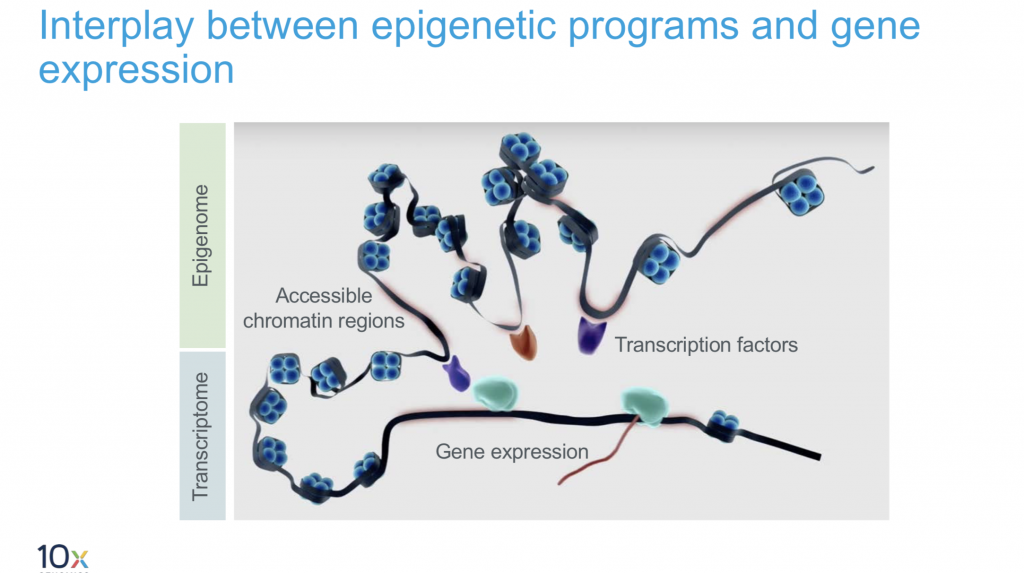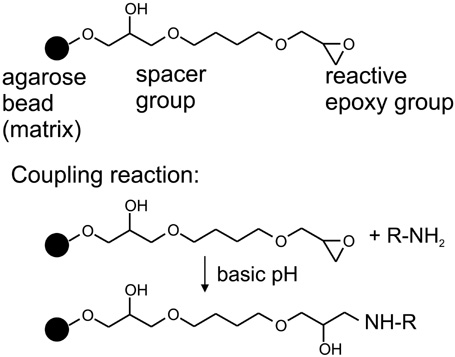
Neural stem and progenitor cells generated from embryonic stem (ES) cells and inducible pluripotent stem cells (iPSCs) remain hindered by ethical constraints and genetic instability respectively.īone marrow stromal cells (BMSCs) are somatic stem cells initially characterized to give rise to mesodermal tissues such as bone, cartilage and fat.


Neural stem cells reside within the subventricular zone of the brain or ependymal region of the spinal cord and therefore are not easily harvested. One of the obstacles to translation is the lack of a readily accessible and expandible neural progenitor source. Likewise in animal models of multiple sclerosis, neural progenitor transplantation replenishes the oligodendrocyte population and facilitates remyelination. Cell replacement therapy may be of benefit, and within the context of traumatic spinal cord injury, there is abundant preclinical evidence indicating that transplantation of neural progenitors accelerates regeneration. Traumatic and degenerative diseases affecting the nervous system result in functional impairment following the loss of neurons and glia. Unravelling the transcriptomic dynamics of BMSC-derived neural progenitors promises to enhance differentiation efficiency and safety towards clinical application in cell therapy and disease modelling. This study suggested BMSCs originating from truncal neural crest to be the source of cells within long bone marrow possessing neural differentiation potential. This provided the rationale for culture supplementation with the BMP signalling agonist SB4, which directed progenitors to upregulate Pa圆 and downregulate Nestin. Reconstructed pseudotime also revealed an upregulation of BMP4 expression during culture of BMSC-neurospheres. Nestin + /PDGFRA + BMSCs responded to neurosphere culture conditions to generate a subpopulation of cells with a neuronal phenotype according to marker expression and gene ontogeny analysis that occupied the end state along the neural differentiation trajectory. The starting state towards the neural differentiation trajectory consisted of Nestin + /MKI67 + BMSCs, which could also be diverted towards the osteogenic trajectory via a branch point. Reconstructed pseudotime upon the integrated dataset indicated distinct neural and osteogenic differentiation trajectories. Integrated scRNAseq analysis was supplemented by characterization of cells during culture expansion and following provision of growth factors and signalling agonists to bias lineage.

We attained transcriptomic profiles of embryonic long bone, adult human bone marrow, cultured BMSCs and BMSC-derived neurospheres. This is a prerequisite towards translational application. Single-cell analysis provides a means to identify the developmental origin and identity of human BMSC-derived neural progenitors when lineage tracing remains infeasible. Lineage tracing studies in transgenic animals have indicated Nestin + BMSCs to be descended from the truncal neural crest. Human bone marrow stromal cells (BMSCs) are an easily accessible and expandable progenitor population with the capacity to generate neural cell types in addition to mesoderm.


 0 kommentar(er)
0 kommentar(er)
